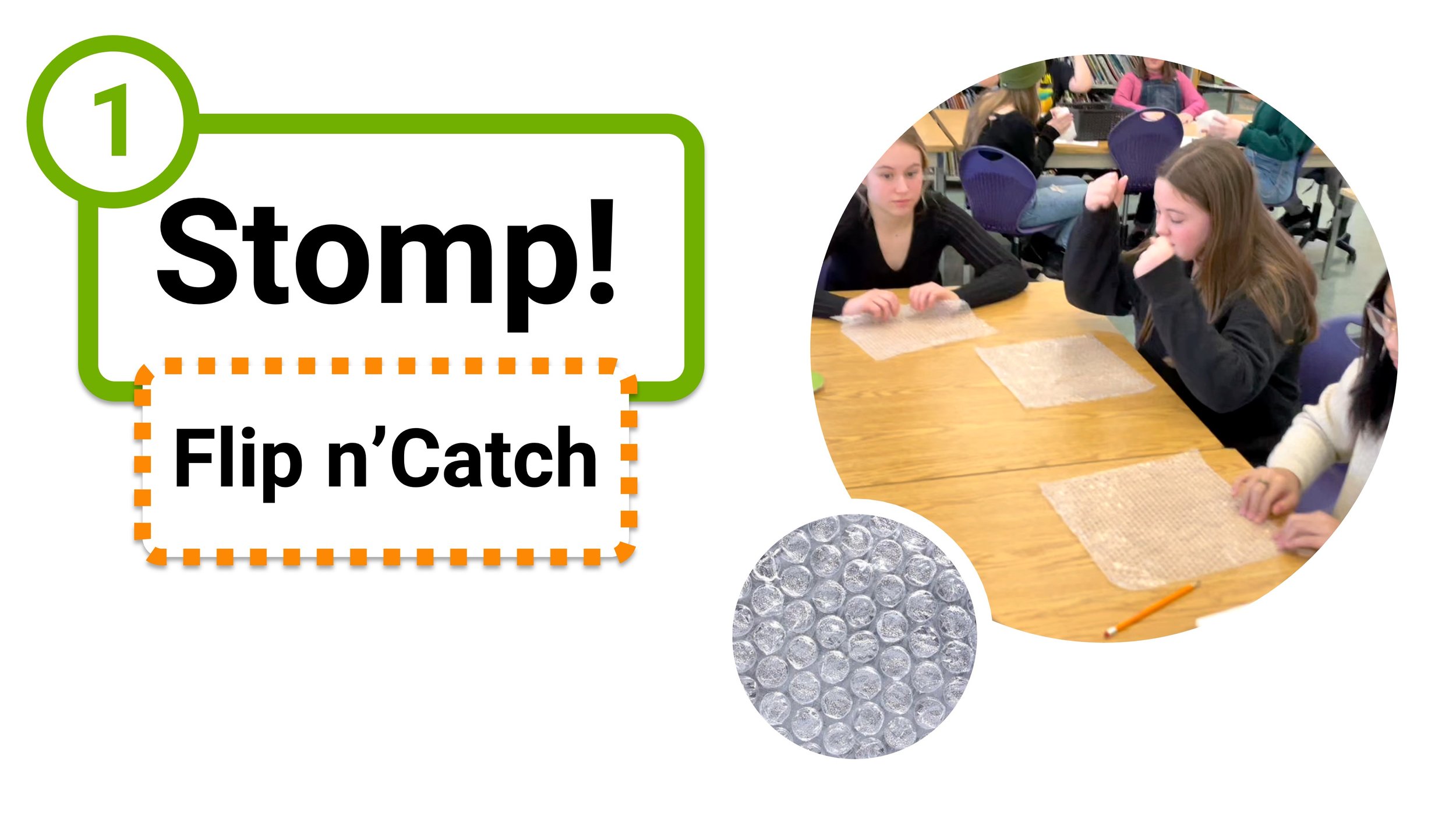
CASS 2024 PEPY Recap

Alignment
How to address teacher and student wellbeing without making it feel like extra work plus teach wellness as a life skill.

CASS attendees boldly stepped into the PEPY Time Machine, reliving life as Grade 10 students and experiencing their first Microburst Activity!
PEPY Microbursts: A Strategic Wellness Solution for Schools
Introduction The PEPY Microbursts framework provides a practical, science-backed solution to integrate wellness practices into the busy schedules of schools. These short, structured 5-10 minute wellness activities are tailored to address the physical, social, and spiritual dimensions of well-being, aligning seamlessly with the time constraints of school routines.
By addressing teacher burnout, reinforcing students’ resilience, and proactively preventing mental health issues, PEPY Microbursts enable sustainable, whole-school wellness while meeting the urgent need for cultivating life skills.
-
The Three Pillars of PEPY Microbursts
PEPY Microbursts are categorized into three wellness dimensions, ensuring comprehensive and adaptive support for both students and teachers:
Physical Wellness (Movement and Activity)
Examples: Short walks, stretching, jumping jacks, yoga poses.
Evidence: Studies confirm that brief physical activity increases energy, enhances cognition, and reduces fatigue. A single 5-minute movement burst boosts focus and productivity for hours.
Social Wellness (Connection and Engagement)
Examples: Quick peer check-ins, group gratitude exercises, or collaborative activities like shared goal-setting.
Impact: Encourages emotional bonding and reduces feelings of isolation—essential in countering student disengagement and teacher stress.
Spiritual Wellness (Reflection and Purpose)
Examples: Mindfulness breathing, journaling about strengths, listening to uplifting music, or practicing gratitude.
Why It Matters: Spiritual activities connect students and teachers to a sense of purpose, reinforcing inner resilience and optimism.
PEPY Microbursts and Time Constraints
Time is the most cited barrier for implementing wellness programs in schools. PEPY Microbursts address this by:
Flexible Scheduling: Microbursts are designed to fit within transition times, breaks, or as energizers during lessons.
Minimal Time Investment: Even a one-minute burst improves mood and focus, ensuring no disruption to academic priorities.
Immediate Benefits: Teachers and students experience instant relief from stress and fatigue, reducing the need for extended interventions.
Building Life Skills in K-12 Students
Research shows that wellness practices introduced in early grades (K-4) often lose traction as students enter middle and high school. PEPY Microbursts:
Reinforce foundational lessons learned in early grades.
Build adaptive habits essential for lifelong resilience.
Promote proactive self-care, reducing the risk of mental health crises in adolescence.
Combatting Teacher Burnout
Teacher well-being is critical to the success of wellness programs. PEPY Microbursts:
Serve as quick "recharge" moments during the day.
Foster a culture of self-care without adding workload.
Increase energy and engagement, allowing teachers to better support their students.
A Systemic Approach to Proactive Wellness
PEPY Microbursts integrate into the broader PEPY wellness ethos of proactive resilience and collective care:
Adaptive Capacity: Students and teachers learn to adapt to stressors through consistent micro-practices.
Whole-School Culture: By embedding Microbursts into daily routines, schools create a culture where wellness is normalized and prioritized.
Sustainability: Regular, small interventions ensure long-term adherence to wellness practices, benefiting the entire school community.
Conclusion
PEPY Microbursts bridge the gap between the need for wellness education and the reality of school schedules. By aligning with the three core wellness areas—Physical, Social, and Spiritual—PEPY Microbursts offer a scalable, impactful solution for fostering resilience, improving mental health, and reinforcing life skills in students and staff alike.
This adaptable framework is a call to action for school leaders: invest in a practical, time-sensitive strategy to prioritize wellness, ensuring healthier, happier, and more productive school communities.
-
Incorporating PEPY into daily routines can be simple and highly effective in reinforcing wellness, positivity, and self-awareness. Here are some ways to embed PEPY into everyday activities for both teachers and parents:
Morning Check-ins: Start each day with a quick PEPY check-in. Encourage kids to identify one strength or “superpower” they feel good about. This sets a positive tone and promotes self-reflection.
Positive Reinforcement: Throughout the day, point out examples where kids are using their strengths. This reinforces the idea that they already have what they need to succeed and grow.
Wellness Breaks: Integrate short wellness breaks where kids can reflect on their emotional, physical, or social wellness. They can refer to the PEPY dots to track their progress and think about areas they’d like to improve.
End-of-day Reflection: At the end of the day, have a brief reflection where kids can identify one area of wellness they focused on and one strength they used. This promotes continuous self-improvement and self-recognition.


















